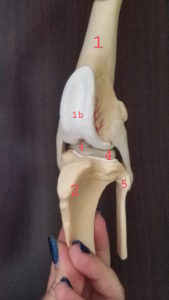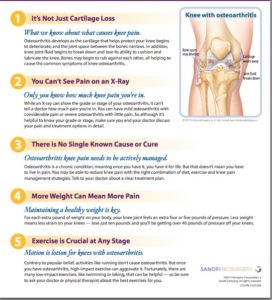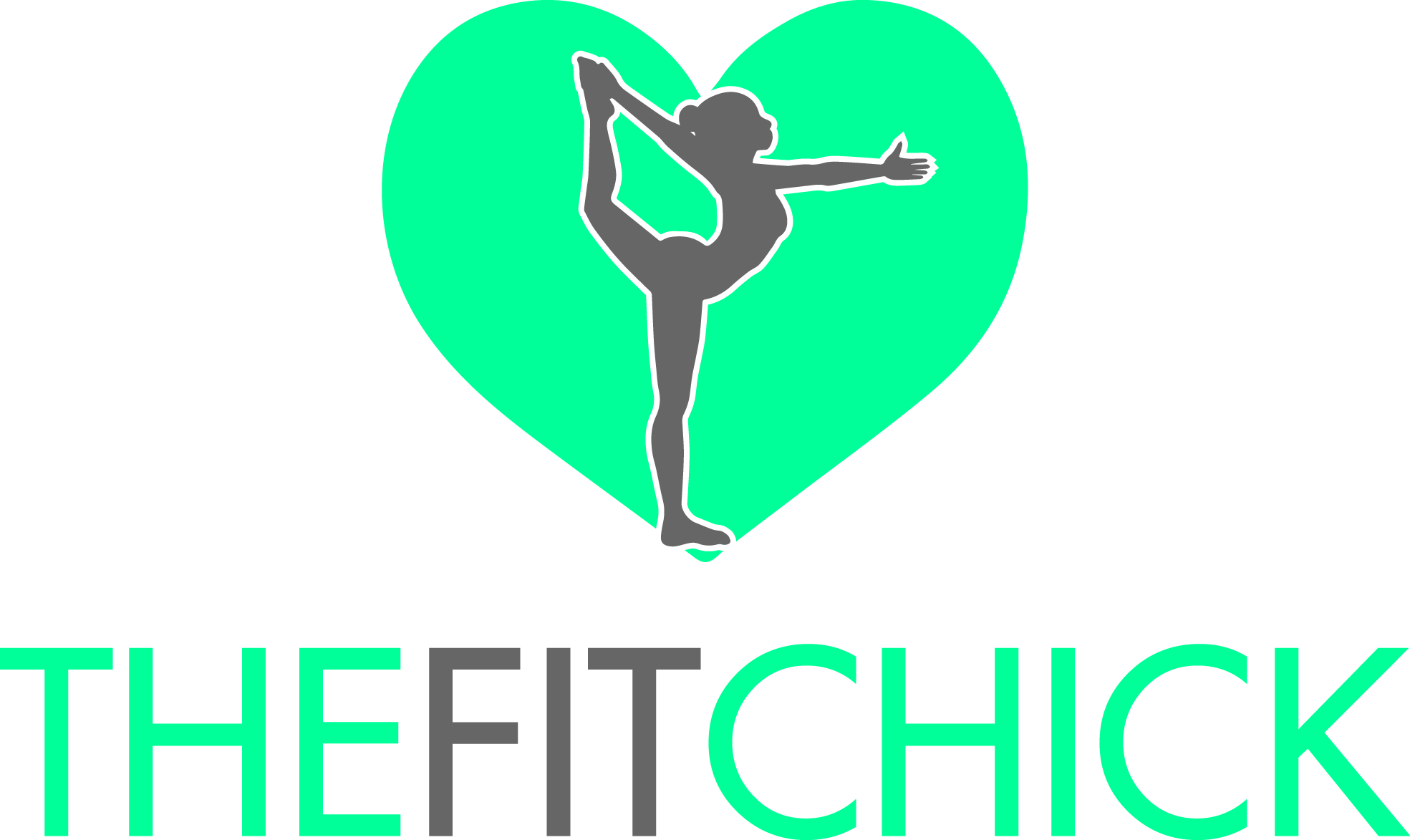The knee joint!
Part I is over HERE
Part II is HERE
The first step in saving time, money and pain is to find out what is wrong with your knee and if there is indeed a joint problem or (better yet) some early warning signs that can be corrected and are just temporary.
We learned that the knee is the perfect area, unfortunately, because of its lack of mobility, to be affected by any alignment issues particularly above and below it.
If we take the word ARTHRITIS and break it down: “Arth” = joint, “Itis” = inflammation. It is a very general term.
When there are longstanding issues with the knee related to alignment, inactivity, previous or current lower body injuries, etc, the cartilage that lines the bones of the knee wears down faster -essentially, it can be like bone rubbing on bone. (If you saw my most recent Instagram story…you KNOW “I know of what I speak”.)
Cartilage doesn’t grow back.
This is a picture of a knee joint model with all the muscle coverings removed.
 1. Femur
1. Femur
1b. Patellar groove on the femur (that the knee cap glides in)
2. Tibia
3.Patella or knee cap (see other picture)
4. Menisci (lateral meniscus, medial meniscus)
5. Fibula
Some people have “arthritis” or issues with just the patella and femur (1., 1b., 3.) or the patellofemoral joint. Other people have a meniscus issue. And so on…and so on…and so on.
The number 1, BEST, primo thing you can do to help your knee joint issue [or issues, plural] is exercise to strengthen the surrounding muscles!
Period.
((drops mic))
Rest will not correct the problem or help.
In fact, resting will cause the muscles in the area (namely your quads, but all of the muscles) to atrophy or weaken. This will set you up for MORE pain, inflammation and arthritis-type issues.
In addition to exercising to strengthen the muscles and take the pressure off of your bones, when you pursue exercising you create muscle memory. Muscle memory works in both directions meaning you can correct and establish a GOOD (alignment) pattern but you can also strengthen or reinforce a bad one!
But don’t be inactive.
Even if that means wearing a brace or support to get you up and about.
Use cold/ice on the area before or after activity (especially after) to reduce any swelling. Swelling will inhibit muscle function; it’s the body’s way of making you weak so you won’t go out and do something stupid to further hurt yourself.
And…If this applies to you, lose weight. I know, I know.
But we are coming down with 3-4x our body weight when we do physical activity. Imagine what happens doing stairs or even low-impact type sports?

—
LASTLY: Let’s finally learn about some possible treatment options for you in the next post.
—
Any questions?
What have you tried to help YOUR pain, if anything?


